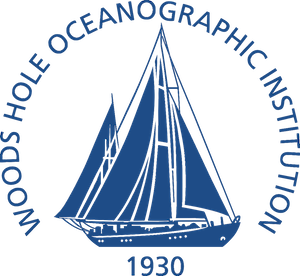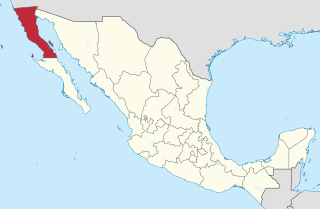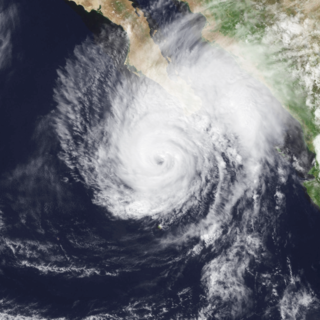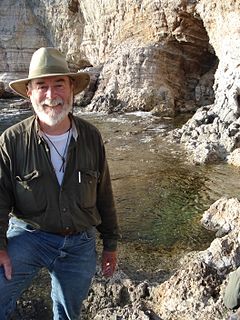This article relies largely or entirely on a single source .(August 2011) |
UABC, Ensenada | |
| Website | http://www.ens.uabc.mx/ |
|---|---|
The Autonomous University of Baja California, Ensenada is a public research university campus located in Ensenada, Baja California. [1] The branch under the Autonomous University of Baja California maintains two sub-campus', or extensions, in Valle Dorado and San Quintin.
A public university is a university that is publicly owned or receives significant public funds through a national or subnational government, as opposed to a private university. Whether a national university is considered public varies from one country to another, largely depending on the specific education landscape.
A research university is a university that is committed to research as a central part of its mission. Such universities have a strong focus on research and often have well known names. Undergraduate courses at research universities are often academic rather than vocational and do not prepare students for particular careers, but many employers value degrees from research universities because they teach fundamental life skills such as critical thinking. Globally, research universities are predominantly public universities, with notable exceptions being the United States and Japan.
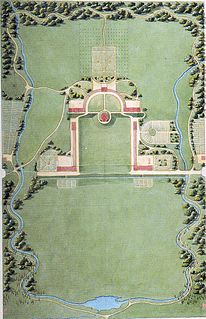
A campus is traditionally the land on which a college or university and related institutional buildings are situated. Usually a college campus includes libraries, lecture halls, residence halls, student centers or dining halls, and park-like settings.
The Ensenada campus is known for being the oceanographic research center in Mexico with its College of Marine science and its Institute for Oceanographic Research, which publishes its own international research journal. It is also located across the Ensenada Center for Scientific Research and Higher Education (CICESE). The Ensenada-Tijuana Highway separates the Ensenada campus and the CICESE.
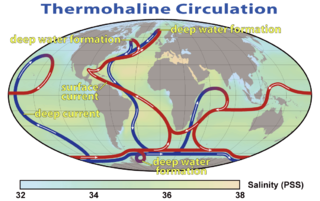
Oceanography, also known as oceanology, is the study of the physical and biological aspects of the ocean. It is an Earth science, which covers a wide range of topics, including ecosystem dynamics; ocean currents, waves, and geophysical fluid dynamics; plate tectonics and the geology of the sea floor; and fluxes of various chemical substances and physical properties within the ocean and across its boundaries. These diverse topics reflect multiple disciplines that oceanographers blend to further knowledge of the world ocean and understanding of processes within: astronomy, biology, chemistry, climatology, geography, geology, hydrology, meteorology and physics. Paleoceanography studies the history of the oceans in the geologic past.

Mexico, officially the United Mexican States, is a country in the southern portion of North America. It is bordered to the north by the United States; to the south and west by the Pacific Ocean; to the southeast by Guatemala, Belize, and the Caribbean Sea; and to the east by the Gulf of Mexico. Covering almost 2,000,000 square kilometres (770,000 sq mi), the nation is the fifth largest country in the Americas by total area and the 13th largest independent state in the world. With an estimated population of over 120 million people, the country is the eleventh most populous state and the most populous Spanish-speaking state in the world, while being the second most populous nation in Latin America after Brazil. Mexico is a federation comprising 31 states and Mexico City, a special federal entity that is also the capital city and its most populous city. Other metropolises in the state include Guadalajara, Monterrey, Puebla, Toluca, Tijuana and León.
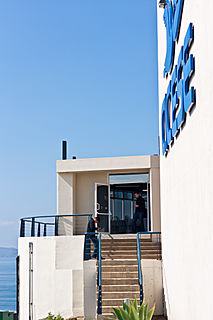
The Center for Scientific Research and Higher Education at Ensenada is a public research center sponsored by the National Council for Science and Technology of Mexico (CONACYT) in the city of Ensenada, Baja California, and specialized in Earth Sciences, Oceanography and Applied Physics.

